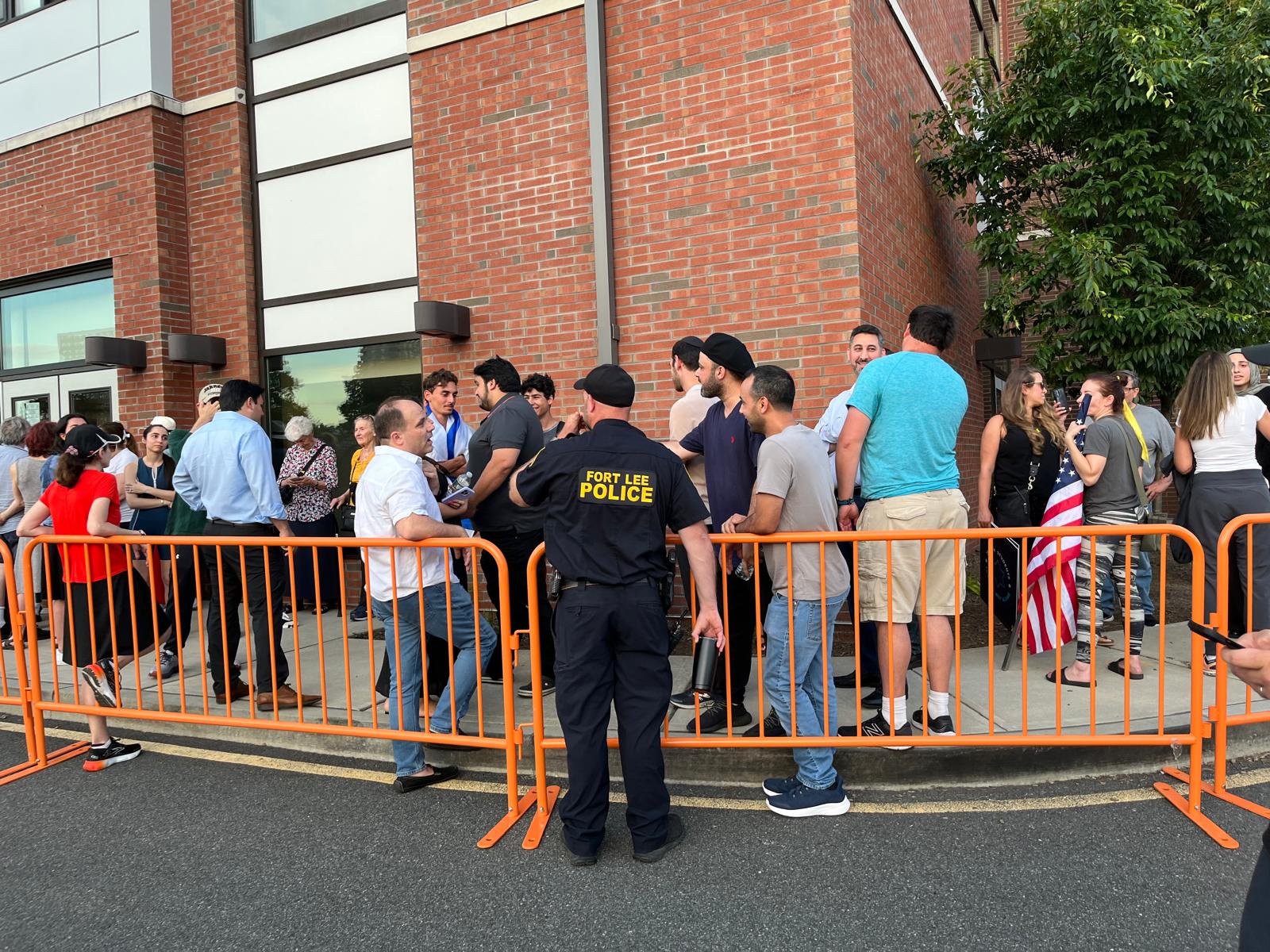בַּעֲשָׂרָה מַאֲמָרוֹת נִבְרָא הָעוֹלָם… (אבות ה:א)
עֲשָׂרָה דוֹרוֹת מֵאָדָם וְעַד נֹחַ…עֲשָׂרָה דוֹרוֹת מִנֹּחַ וְעַד אַבְרָהָם…(ה:ב)
עֲשָׂרָה נִסְיוֹנוֹת נִתְנַסָּה אַבְרָהָם אָבִינוּ עָלָיו הַשָּׁלוֹם וְעָמַד בְּכֻלָּם…(ה:ג)
עֲשָׂרָה נִסִּים נַעֲשׂוּ לַאֲבוֹתֵינוּ בְמִצְרַיִם וַעֲשָׂרָה עַל הַיָּם…(ה:ד)
עֲשָׂרָה נִסִּים נַעֲשׂוּ לַאֲבוֹתֵינוּ בְּבֵית הַמִּקְדָּשׁ…(ה:ה)
Anonymous Numerical Lists
The fifth perek of Avot diverts from the previous four in two significant ways. As opposed to the first four, which quote “sayings” of various sages, the fifth perek predominantly consists of anonymous statements. In addition, the earlier perakim focus mainly on ethics and morals, while the fifth perek presents numerical lists of various historical phenomena, often without delineating an ethical implication.
The first half of the perek presents lists in descending numerical order. The first six Mishnayot list groups of ten, the following three groups of seven, and the final six groups of four. The lists of 10 are uniquely significant because the number 10 symbolizes something full and complete.
These lists of tens appear in historical order. The perek begins with the 10 ma’amarot (utterances) with which God created the world, and continues with the world’s first 10 generations (from Adam Harishon to Noach) and the subsequent 10 (from Noach to Avraham). It then mentions the 10 trials with which Hashem tested Avraham, the 10 miracles that Hashem performed on behalf of the Jewish people in Mitzrayim and at Yam Suf, the 10 ways the Jews “tested” Hashem, and, finally, the 10 miracles that Hashem did on behalf of our ancestors in the times of the Beit Hamikdash.
What do these lists aim to teach us?
Significant Actions Significantly Impact a Significant World
A closer look at the lists reveals a broader common theme.
The first mishnah explains that Hashem created the world with 10 separate ma’amarot in order to increase the reward and punishment tzadikim and reshaim (respectively) receive for their impact on the world. The multiple independent ma’amarot reflect the significance of each aspect of our world. They should inspire us to take our role and impact seriously.1
The Generations; Noach,
Avraham and the Jewish People
The next mishnayot build off the significance of man’s actions. Rashi2 explains that Hashem sustained the world for 10 generations (from Adam to Noach) in the hope that (even) one person (Noach) might justify its existence. The 10 ma’amarot gave the world a chance; the 10 generations gave man a chance.
The second series of 10 generations link Noach to Avraham. As opposed to Noach, who survived but was unable to save his world, Avraham succeeded in steering (at least part) of the world in the right direction. Through this, he received the reward intended for the 10 generations that preceded him. Avraham was not just a righteous individual; he was able to impact his surroundings and, thereby, received the reward of others for his influence upon them.
The 10 tests Avraham passed expressed and taught his contemporaries about commitment to Hashem and thus earned him his reward. Rashi links Avraham’s 10 tests to the 10 ma’amarot. Avraham’s passing of the tests and commitment to Hashem’s Will realized the goals the world was created for. Though a full two rounds of 10 generations later, Avraham’s actions eventually justified the 10 ma’amarot.
Avot d’Rebbi Natan3 connects the next 10—the 10 miracles—to Avraham’s 10 tests. It was Avraham’s efforts that merited the miracles Hashem performed for his descendants. Hashem rewarded Avraham’s supernatural commitment with supernatural intervention on behalf of later generations of Jews. The reward Avraham received from previous generations benefited future ones.
Appreciating Our Context
May our following Hashem’s directives and passing His tests sustain the world He created and merit His reward and His performance of miracles on our behalf and on the behalf of many generations of our descendants.
Written up by Yedidyah Rosenwasser.
Rabbi Reuven Taragin is the dean of overseas students at Yeshivat HaKotel.
1 Kohelet Rabbah (7:19.) describes how Hashem led Adam Harishon through the world, showed him how beautiful everything was and told him, “Make sure not to destroy it.” This demonstrates the significance of the role we play in this world.
Avot d’Rebbi Natan (31:2 and quoted by the Bartenura) explains that even one aveirah or mitzvah greatly impacts the entire world. For example, a murderer of one person is considered as having destroyed the entire world, and one who saves even one life is considered to have saved the whole world. It derives this concept from Hashem’s words to Kayin after he murdered his brother Hevel: “What have you done? Your brother’s (achicha) blood cries out to Me from the ground!” (Bereishit 4:10) The pasuk uses the plural form “achecha” to imply that Kayin killed not only his brother Hevel, but also all of his descendants.
The gemara in Kiddushin (40b) reinforces this idea by asserting that a person should view the world as equally meritorious and liable and see his own action as what determines the whole world’s fate.
2 Rashi 5:2.
3 Quoted by Rashi 5:3.











